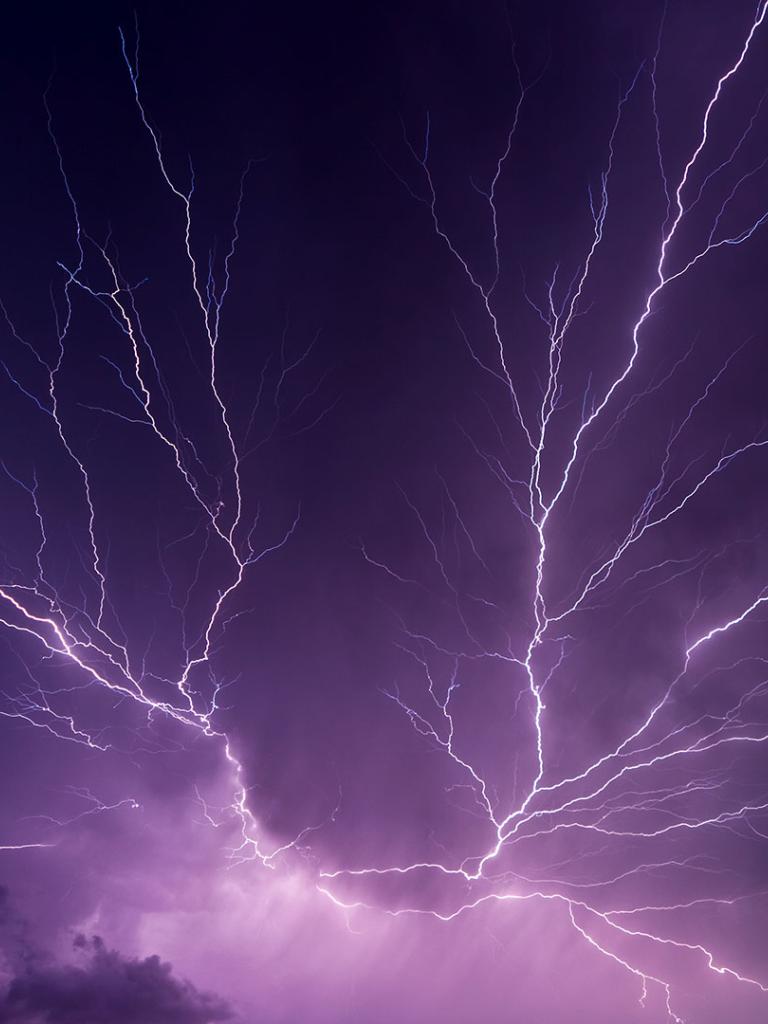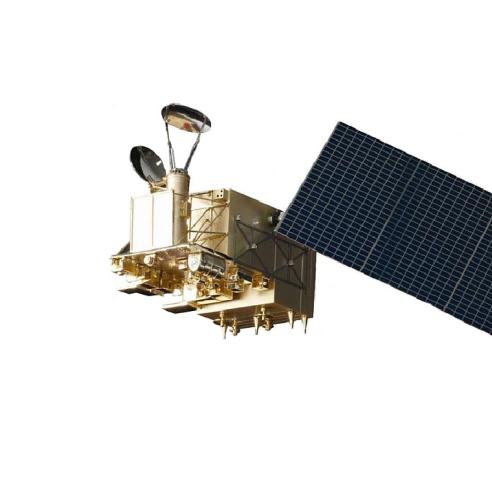30 May 2022
23 July 2018
Modern lightning measurements are now well advanced beyond point detection of ground strikes, and reveal the extent of flashes within the cloud. These measurements of flash rate and flash size are tied to the electrostatic energy dissipated by each flash, though it remains difficult to predict the precise amount of that energy emitted as optical light.
Understanding lightning phenomenology, as detected by a suite of RF and optical instruments, is important for the design and validation of optical, space-based lighting measurements (GOES-R GLM, MTG LI and the heritage LIS measurements), as well as their application in meteorological forecast and nowcast settings.
The Lightning Detection and Meteorological Applications from Ground and Space presentation provides a short overview of storm electricity basics, lightning, and its detection, followed by an illustration of GLM data as visualised and applied in early operational trials conducted this spring.
Dr Eric Bruning
Dr Bruning is an Associate Professor of Atmospheric Science in the Department of Geosciences at Texas Tech University. He completed BSC, MSc, and PhD degrees in Meteorology at the University of Oklahoma, finishing in 2008.
His interests include atmospheric electricity and lightning and their links to meteorological processes, cloud physics and dynamics, scientific computing in Python, and the intersection between the arts, design, and scientific visualisation. He is a member of the GOES-R GLM Science Team and past chair of the American Meteorological Society Committee on Atmospheric Chemistry.














